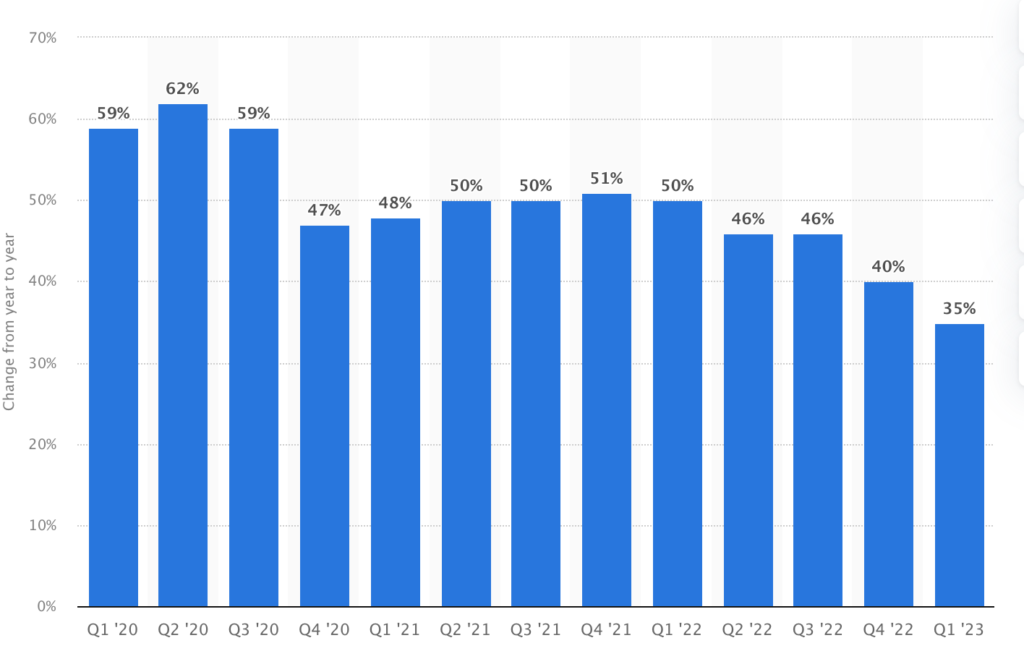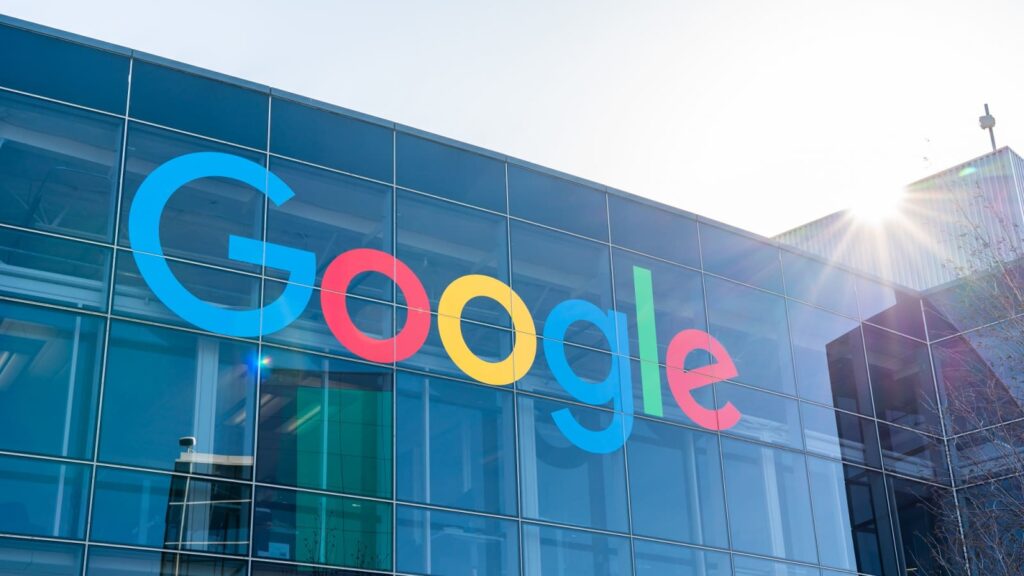 With the release of Azure OpenAI studio, Satya Nadela has finally provided the much-anticipated news that everyone has been waiting for. Microsoft Azure is a cloud computing platform that is run by Microsoft that offers access to and management of applications and services over a globally distributed network of data centers. To paraphrase the foremost authority on technological advancement in the business world,
With the release of Azure OpenAI studio, Satya Nadela has finally provided the much-anticipated news that everyone has been waiting for. Microsoft Azure is a cloud computing platform that is run by Microsoft that offers access to and management of applications and services over a globally distributed network of data centers. To paraphrase the foremost authority on technological advancement in the business world,
“ChatGPT will soon be available as part of the Azure Open AI Service, which is now available to the general public. This is part of our effort to assist customers in applying the most cutting-edge AI models possible to their particular business needs. Each and every one of Microsoft’s products will come equipped with some of the same AI capabilities, which will allow them to undergo a thorough transformation.”
If we want true economic growth, we need something that radically alters the productivity curve. Microsoft is clearly here to do just this Therefore, it is very evident that the competition for preeminence has begun. It would appear that all 1.4 billion people around the world who use Microsoft products, including Bing, Word, Outlook, Excel, and Powerpoint, are on the cusp of a significant leap forward in terms of their productivity. In addition, the OpenAI service will be accessible to members of the general public as well as existing Azure customers. Over sixty billion United States Dollars were brought in by the Alphabet family of companies through the revenue growth of Azure last year. Both Microsoft and Alphabet have revealed that they want to use artificial intelligence (AI) and machine learning to power their various products in the near future. This will give them a significant competitive advantage over their rivals. Google has also informed us of their intention to incorporate Deep Mind, an artificial intelligence tool, into their product in an effort to maintain their current market dominance in the search industry. They refer to it as a SPARROW. According  Microsoft Azure revenue growth worldwide from financial year 2020 to 2023, by quarter (STATISTA) After logging in to the Azure Open AI studio, you will be presented with a variety of excellent artificial intelligence tools and models, some of which include GPT-3.5, CODEX, and DALLE-2. Just like a tsunami, GPT-3 is currently wreaking havoc in the world of technology, CODEX employs a natural language model to convert text into codes, and DALLE-2 generates graphics from natural language captions. You can therefore picture the kind of enterprise solution that these characteristics would deliver to anyone who was prepared to invest into this product. Companies have applied advanced use cases to the Service, such as providing customer service, customizing user experiences, and getting insights from data through search, data extraction, and classification.
Microsoft Azure revenue growth worldwide from financial year 2020 to 2023, by quarter (STATISTA) After logging in to the Azure Open AI studio, you will be presented with a variety of excellent artificial intelligence tools and models, some of which include GPT-3.5, CODEX, and DALLE-2. Just like a tsunami, GPT-3 is currently wreaking havoc in the world of technology, CODEX employs a natural language model to convert text into codes, and DALLE-2 generates graphics from natural language captions. You can therefore picture the kind of enterprise solution that these characteristics would deliver to anyone who was prepared to invest into this product. Companies have applied advanced use cases to the Service, such as providing customer service, customizing user experiences, and getting insights from data through search, data extraction, and classification.  Microsoft’s own products, such as GitHub Copilot, which assists developers in writing better code, Power BI, which uses GPT-3-powered natural language to automatically generate formulae and expressions, and the recently-announced Microsoft Designer, which builds content with natural language prompts, are all powered by the Azure OpenAI Service, which Microsoft uses on its own. A lot is changing and the era of AI powering our lives has come. From individuals to corporate bodies, everyone is bracing up for the rise of intelligent solutions.
Microsoft’s own products, such as GitHub Copilot, which assists developers in writing better code, Power BI, which uses GPT-3-powered natural language to automatically generate formulae and expressions, and the recently-announced Microsoft Designer, which builds content with natural language prompts, are all powered by the Azure OpenAI Service, which Microsoft uses on its own. A lot is changing and the era of AI powering our lives has come. From individuals to corporate bodies, everyone is bracing up for the rise of intelligent solutions.







